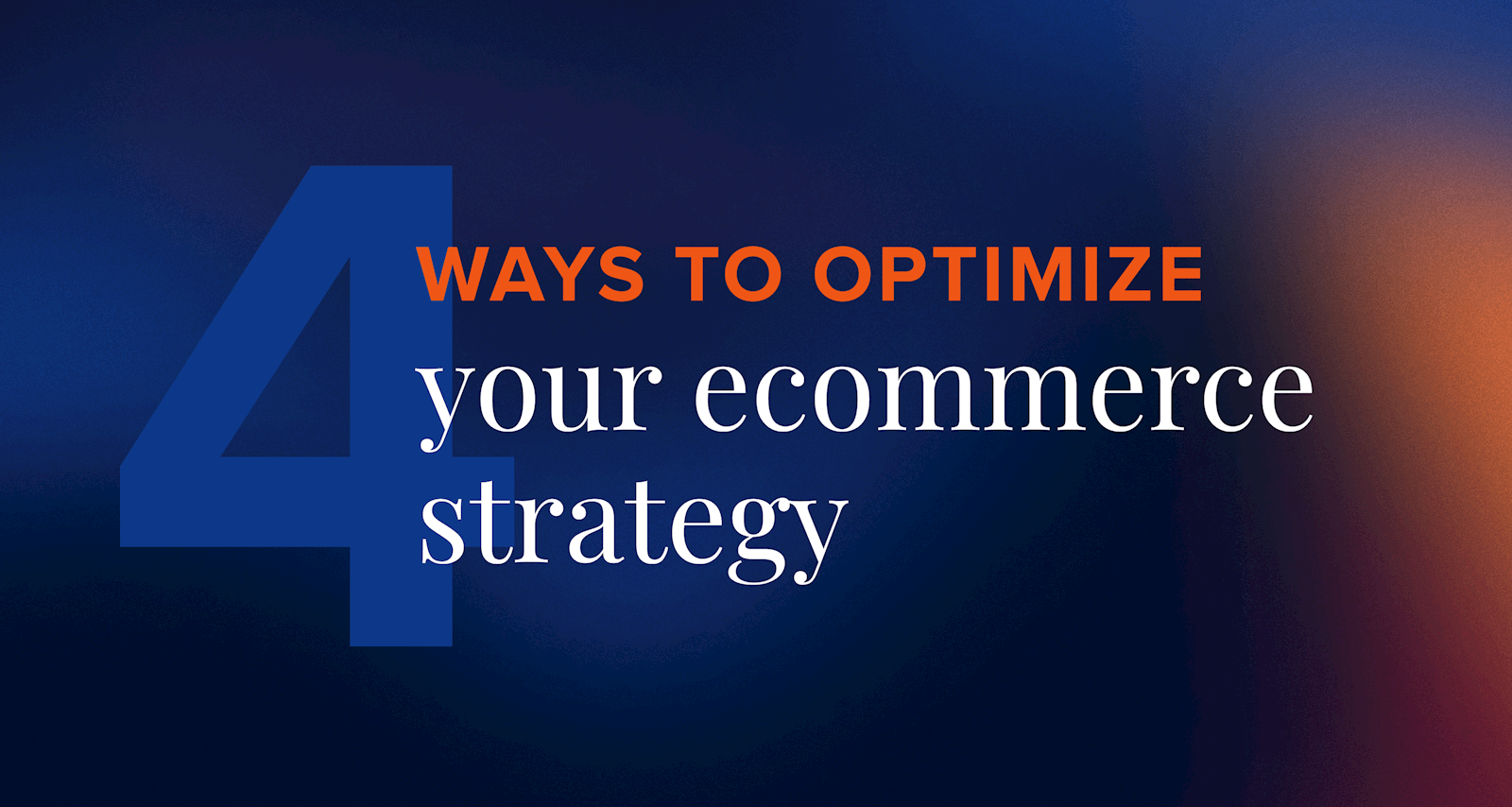The Battle for Ecommerce Starts in the Search Results
Published by Spinutech on April 12, 2024

If the battle for ecommerce starts in search engine results, then Google is your battlefield.
And the landscape of the battlefield is shifting.
If you don’t shift with it, you’re on the losing side.
Here are four ways in which you can tilt the odds in your favor by adapting your website’s SEO strategy to serve the search engine and get in front of your target customers.
4 Strategies to Tilt the Ecommerce Battle in Your Favor
1. The More Detailed the Website Taxonomy, the Better
When a user arrives at the doorstep of your website, they have certain expectations for what they’ll find when they step inside and take a look around: Home, About, Contact Us, etc. Ecommerce websites not only have to fulfill those expectations, but they also have to mirror a store, which is less brand-focused and more product-focused.
By having a detailed website taxonomy with easy-to-follow organization, you can serve both masters. Users are able to find what they need and you can keep your site up-to-date for seasonality, clearances, and flash sales without creating a plague of 404 pages.
What your website needs: A detailed site taxonomy, category pages with sub-navigation (e.g. men’s clothing vs women’s), site filtering, and site search.
2. Search is More Visual Than Ever
Meta descriptions are not as important as they once were, at least for ecommerce search queries. When consumers are searching for a product, they are more likely to react to product images and videos than the text of the search results. Google’s “Shopping” tab reflects this change. You’ll notice that the sponsored results at the top will also be highly visual.
On the mobile version of Google, Google Lens has shoppable photos. This relies on contextual evidence around embedded photos and the alt tags applied to the photos.
What your website needs: Alt tags on images and video structured data.
3. Google is Looking to Pinterest for Inspiration
Google has started taking cues from an unlikely source: Pinterest. Specifically its shoppable and interactive search feed, borrowing elements such as suggested keyword filters. These encourage users to refine their search based on size, color, price, material, and even shipping speed.
If your product pages lack detail, they’re not going to appear in more refined search results.
What your website needs: Keyword-rich product descriptions and product structured data.
4. Local SEO Still Matters
If you’re a business that requires a reservation and allows customers to do so online (e.g. self-storage, hotels, fitness classes), then locality is everything. But in order for you to show up in the search results for users in your area, that requires product or service pages with local data. You should also be managing and updating your Google Business Profile.
What your website needs: Local business structured data, geo-specific keyword research, and citation management.
Remember, the Battle Only Begins in the Search Results
It ends on your website.
So even if you manage to drive the user to your site, you have to make sure that what you are offering — and how you are offering it — is enough to convert them into a customer.
If you want to not only prevail in battle but also win the war, let’s chat.